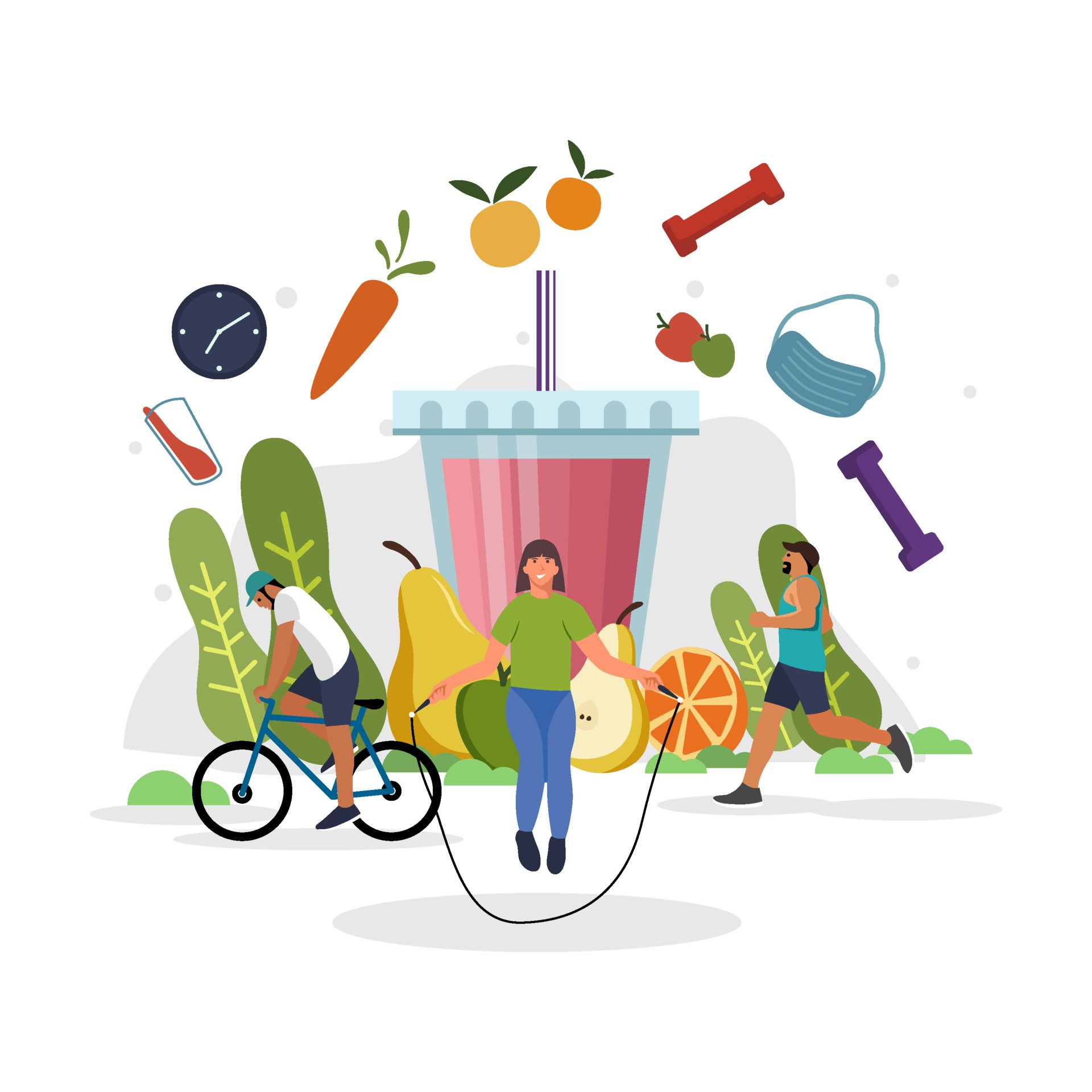By Julia Smith, General Member
World Immunization Week is observed annually in the last week of April to spread awareness about the importance that vaccines play in protecting people of all ages against preventable disease, in a safe and effective way. Immunizations are one of the most successful and cost-effective public health interventions in history, preventing millions of deaths and cases of preventable diseases each year, as well as a key factor in achieving global health.
Immunizations are a safe and effective way to protect individuals and communities from preventable diseases. Vaccines work by triggering an immune response in the body that prepares it to fight off a disease. This helps to prevent illness, hospitalization, and even death. Diseases such as measles, polio, tetanus, and hepatitis B, which once claimed many lives, are now rare, and in many cases eradicated in countries where immunization is widespread. Polio has been eliminated from the United States thanks to widespread polio vaccination. Since 1979, no cases of wild polio have originated in the United States (Center For Disease Control) due to community, otherwise known as “herd immunity”. Immunization directly protects the person who receives the vaccine. If everyone in your community gets immunized, herd immunity can develop..
Not everyone can receive vaccines; such as newborns, individuals with certain allergies or health conditions as well as some elderly people. Getting vaccinated can help those who can't get immunized themselves. Immunization is important throughout life. Babies, infants and young children are particularly susceptible to vaccine preventable diseases as their immune systems are less mature. Older children and adults also need booster shots to restore waning immunity. Some immunizations are geared specifically towards the elderly, such as shingles and pneumonia.
As a result of the COVID-19 pandemic, many immunization clinics happening in schools in our country and around the world were halted when schools were closed due to lock downs. Hundreds of thousands of young people worldwide are now behind on their immunizations and the public health offices are now playing catch up. It has been seen historically that countries where there was a decline in immunizations, large epidemics followed. There were increases in hospitalizations and death.
In addition to reducing the burden of disease and healthcare costs, immunizations also have economic benefits. Vaccines have been estimated to provide a return on investment of up to $44 for every $1 spent, due to their impact on reducing healthcare costs and increasing productivity. It is for these reasons that most immunizations are publicly funded and free. It is more cost effective to get everyone immunized then to deal with everyone getting sick.
The National Advisory Committee on Immunization (NACI) is an advisory body to the Public Health Agency of Canada. Its role is to make recommendations for the use of vaccines approved for use in humans in Canada. Please click on the links below for more specific information regarding immunization schedules.
Vaccine providers need to know how to effectively counsel vaccine recipients and parents knowledgeably, alongside the government providing facts so that people can assess the benefits and risks of immunization, as well as the risks associated with being unvaccinated. Information must be based on facts, not rumors or hearsay, nor political agendas or large pharmaceutical company profits, as vaccine hesitancy is on the rise. Vaccine hesitancy means refusal of vaccination or a delay in an immunization schedule. Vaccine hesitancy is a complex issue that stems from a lack of understanding about the vaccine being given, religious beliefs, and beliefs that vaccines are only being given for financial gains in the industry. We saw this a lot with the recent COVID-19 vaccines, as many groups of people rallied together spreading false information. There is also a misconception about vaccines and how they are linked to chronic diseases like autism, multiple sclerosis (MS), asthma, or sudden infant death syndrome.
Immunizations are a critical component of global health and have played a significant role in reducing the burden of disease and improving the quality of life for people around the world. As we mark World Immunization Week, it is essential to recognize the importance of immunizations and to encourage everyone to get vaccinated. By working together to ensure that everyone has access to vaccines, we can continue to protect ourselves, our families, and our communities from preventable diseases.
Information retrieved from:
Center for Disease Control
“Understanding Thimerosal, Mercury, and Vaccine Safety.” CDC, http://www.cdc.gov/vaccines/hcp/patient-ed/conversations/downloads/vacsafe-thimerosal-color-office.pdf .
World Health Organization.
Vaccine Safety Net. 2015. http://www.who.int/vaccine_safety/en/
World Health Organization
Six common misconceptions about immunization. 2009. http://www.who.int/vaccine_safety/initiative/detection/immunization_misconceptions/en/index5.html
Canada Public Health- https://www.canada.ca/en/public-health/services/provincial-territorial-immunization-information.html
























